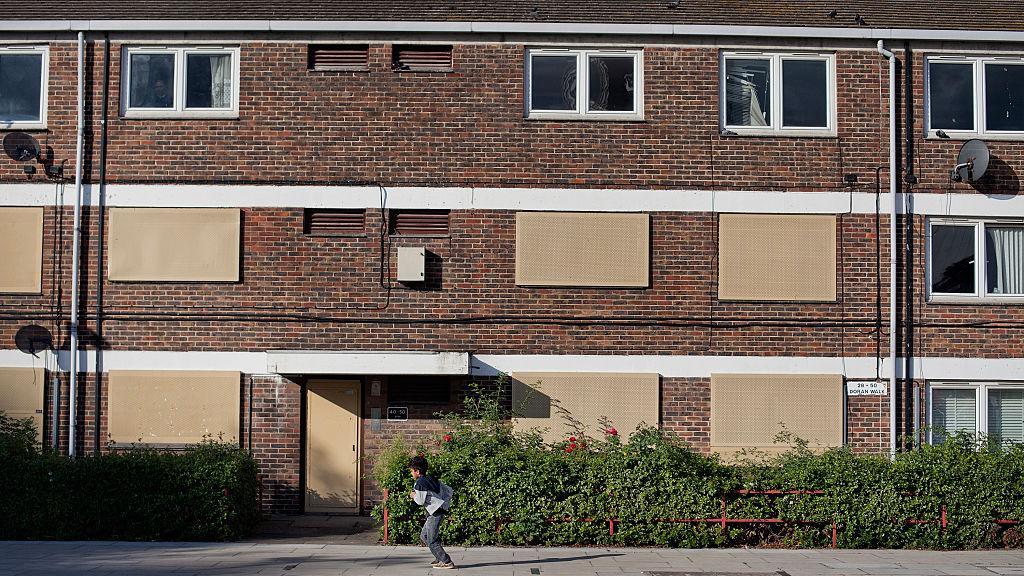Most empty homes in London since 2010

Council, housing association and privately-owned homes were included in the number of "long-term vacant" properties
At a glance
The number of empty homes in London has hit its highest level since 2010
Some 34,327 properties were classed as "long-term vacant" as of 31 March 2022
Southwark had the most empty properties, followed by Newham and Barnet
London Assembly politician Siân Berry called the situation a "scandal"
- Published
The number of empty homes in London has risen to its highest level since 2010, figures reveal.
Some 34,327 properties were classed as "long-term vacant" as of 31 March 2022, government data showed.
The highest amount was found in Southwark, with 2,422 empty homes, followed by Newham and Barnet.
Polly Neate, chief executive of Shelter, said it was "deeply frustrating" to see empty properties when many people need a "secure home".
Properties are classed as "long-term vacant" when they have been empty for more than six months and are "substantially unfurnished".
The figures from the Ministry of Housing, Communities and Local Government included both privately-owned, council and housing association homes.
More on London's housing
Plan for empty homes hotline unveiled
- Published7 March 2023
Landlords get £3.5bn a year from bad homes - City Hall
- Published20 April 2023
Social tenants say poor housing is bad for their health
- Published31 January 2023
Siân Berry, Green London Assembly Member (AM), called the situation a "scandal".
She said the government could alleviate the issue by providing the mayor with more funding to expand the Right-to-buy-Back scheme, which aims to increase the number of homes in public ownership.
Lib Dem AM Hina Bokhari called the numbers " incredibly worrying".
Conservative AM Andrew Boff said London's mayor had “completely failed to tackle the housing crisis".
He pointed out that the number of empty homes in the capital had decreased by 45% under Sadiq Khan's predecessor Boris Johnson, but it had increased by 73% since the current mayor took office.
'Chronic housing shortage'
A spokeswoman for Mr Khan said he had achieved higher levels of council home building "than at any point since the 1970s".
"[The] statistics show that the number of long-term empty homes is rising across the country, while the rate of empty homes is lower in London than the rest of England," they said.
"This is a national issue which demands a national response from the government."
The government said councils had the powers needed to address the issue.
A spokesman at the Department for Levelling Up, Housing and Communities added that the number of long-term empty homes had decreased by more than 50,000 since 2010.
Ms Neate, of Shelter, said: "Even if we filled every one of these empty properties, we still wouldn't have solved the chronic housing shortage we face.
"More should be done to put empty homes to use, but tackling this issue is not an adequate alternative to building more genuinely affordable housing."
Southwark Council's leader, Kieron Williams, said the borough was "using every tool we have to tackle the housing crisis" and "building thousands more homes across Southwark".
"The majority of council homes listed as long term empty in Southwark are in fact on our large scale estate renewal sites where old, poorly built, housing at the end of its life is being replaced by modern council homes for our residents," he added.
Follow BBC London on Facebook, external, Twitter, external and Instagram, external. Send your story ideas to hellobbclondon@bbc.co.uk, external